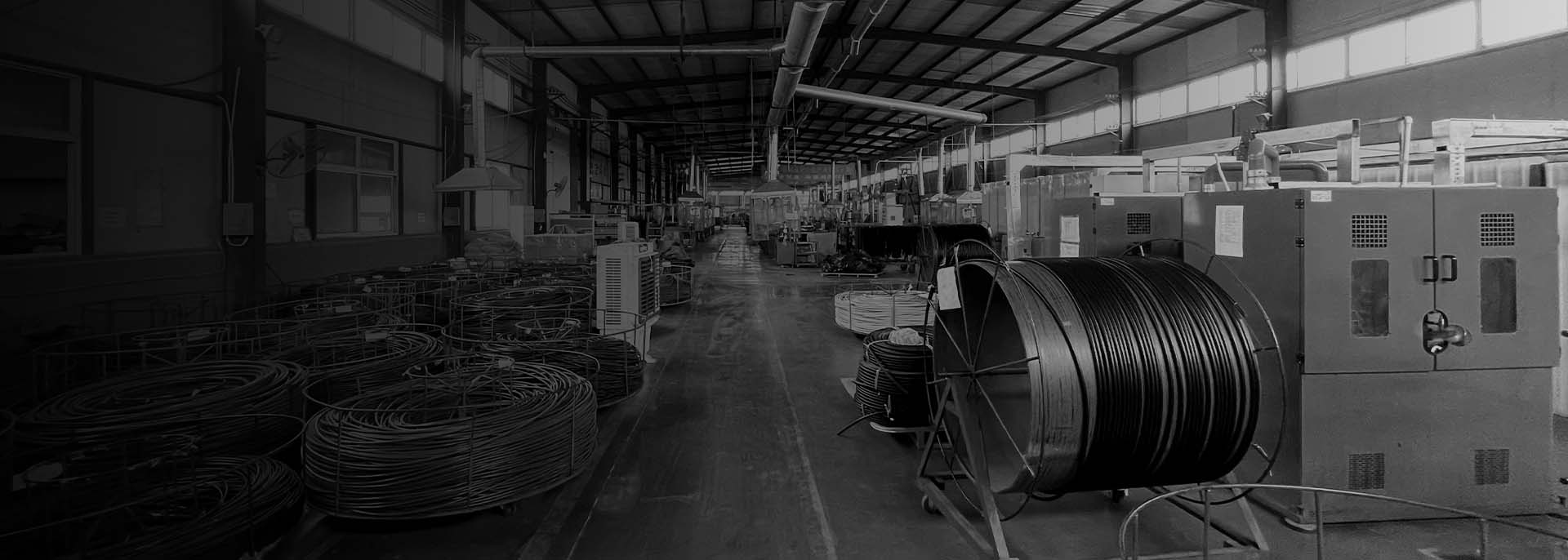Steps to Replace a Power Steering Hose for Optimal Vehicle Performance
Changing a Power Steering Hose A Step-by-Step Guide
Power steering is an essential component of modern vehicles, providing drivers with the ease of maneuverability and control. However, like any mechanical system, power steering can develop issues over time, and one common problem is a leaking or damaged power steering hose. Changing a power steering hose is a manageable task for anyone with a bit of mechanical knowledge, and the following guide will walk you through the process step by step.
Tools and Materials Needed
Before you start, gather the necessary tools and materials
1. Socket set – Including various sizes to fit different bolts 2. Wrenches – Both standard and adjustable 3. Pliers – For hose clamps 4. Rags – To clean any spilled fluid 5. Drain pan – To catch any leaking fluid 6. New power steering hose – Ensure this matches your vehicle model 7. Power steering fluid – For refilling after the replacement
Step 1 Safety First
Before you begin work on your vehicle, ensure it is parked on a flat surface, and the engine is turned off. Make sure to wear safety glasses and gloves to protect your eyes and skin from hydraulic fluid, which can be harmful.
Step 2 Accessing the Hose
Start by opening the hood of your vehicle and locating the power steering pump and the hoses connected to it. In most vehicles, the power steering pump is typically situated near the front of the engine with one or more hoses leading from it. If necessary, consult your vehicle’s manual to identify the correct location.
Step 3 Relieving Pressure in the System
It’s essential to relieve any pressure in the power steering system before you disconnect the hoses. You can do this by turning the steering wheel from side to side several times with the engine off. This will help release any trapped fluid.
Step 4 Removing the Old Hose
Place the drain pan under the hose to catch any leaking power steering fluid. Use pliers to loosen the clamps that hold the hose in place, then carefully slide them down or remove them entirely. Once the clamps are removed, gently twist and pull the hose away from the fittings, being cautious not to damage any surrounding components. If the hose is stuck, you might need to use a little force, but be careful not to pull too hard.
changing a power steering hose

Step 5 Installing the New Hose
Take your new power steering hose and position it in place, making sure it is oriented correctly. Slide the hose onto the fittings and ensure it sits firmly against the connectors. Reattach the clamps securely to hold the hose in place. It’s crucial to ensure that the connections are tight to prevent any leaks.
Step 6 Refilling Power Steering Fluid
With the new hose installed, it’s time to refill the power steering fluid. Locate the reservoir and use a funnel to pour in the appropriate type of power steering fluid as specified in your vehicle’s manual. Fill it to the recommended level, but don’t overfill.
Step 7 Bleeding the System
After filling, you need to bleed the power steering system to remove any air that may have entered during the hose change. To do this, start the engine and turn the steering wheel from lock to lock (i.e., fully to the left and then fully to the right) several times. This motion will help circulate the fluid through the system and push out any trapped air bubbles.
Step 8 Checking for Leaks
Turn off the engine and inspect the new hose and the connections for any signs of leaks. If you notice any fluid escaping, it may indicate that the hose is not installed correctly or that the clamps are too loose. Address any issues you find before proceeding.
Step 9 Final Inspection
Once you’ve confirmed that everything is functioning correctly and there are no leaks, take the vehicle for a short drive to ensure the power steering operates smoothly. After the test drive, check the fluid level again and top it off if necessary.
Conclusion
Changing a power steering hose may seem daunting, but with the right tools and a little patience, it is a task that can be accomplished by most DIY mechanics. Regular maintenance of your vehicle, including prompt attention to power steering issues, can lead to improved reliability and safety on the road. Always refer to your vehicle’s manual for specific guidance related to your model and take care when working with automotive systems. With practice, you’ll become more adept at such repairs, saving both time and money in the long run.
-
Reliable Brake Line Solutions for Your VehicleNewsJun.05,2025
-
Quick Fix for Leaky Air Conditioning HosesNewsJun.05,2025
-
Powerful Sewer Jetting Solutions for Tough ClogsNewsJun.05,2025
-
Power Steering Hose Problems SolvedNewsJun.05,2025
-
Hose Protectors That Actually WorkNewsJun.05,2025
-
Essential Hose Connectors for Every HomeNewsJun.05,2025

